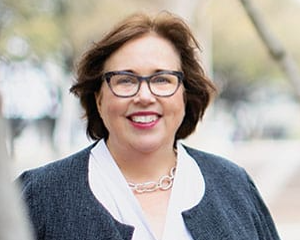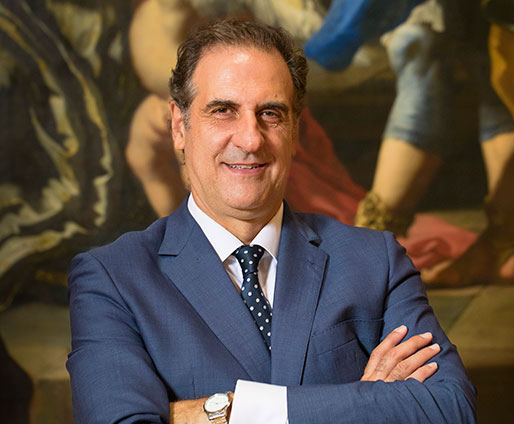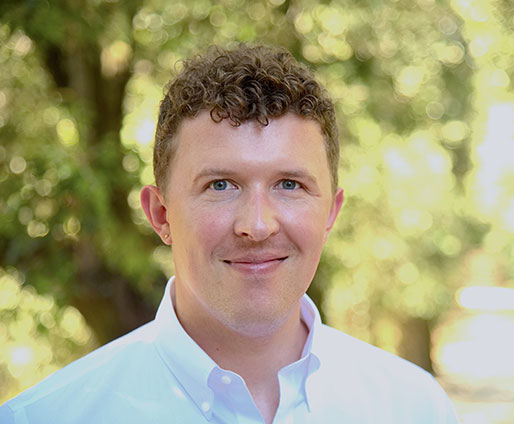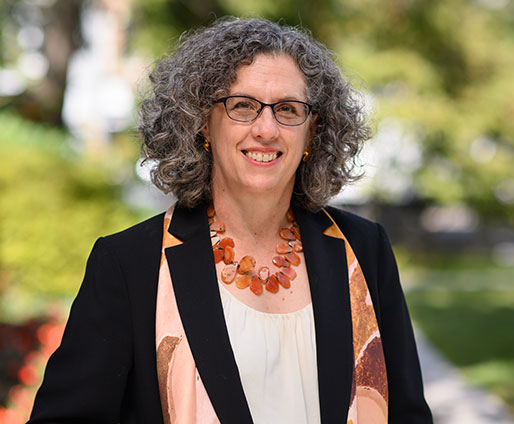The Custard Institute Advisory Board consists of members from various universities and institutions that similarly promote the research of Spanish art and culture. We are lucky to have the influence and insight of these accomplished scholars throughout the development of the Custard Institute.

Claire Barry
Claire Barry, Director of Conservation Emerita at Kimbell Art Museum, cared for the museum’s collection of European masterwork paintings, 1300-1950, for over 30 years and contributed to the museum’s acquisition and exhibition programs. As paintings conservator, her special access to works of art provided opportunities to gain insights into the artist’s creative process and to better understand how paintings have changed due to time, artists materials, and previous interventions. She lectured and published widely on a broad range of conservation topics, including technical studies on Michelangelo, Federico Barocci, Fernando Gallego, Georges de La Tour, Le Nain, Bartolomé Murillo, Francisco de Zurbaràn, Anne Vallayer-Coster, Picasso, Braque, Matisse and Salvador Dali among others.
Since retiring from her full-time position at the Kimbell in March 2021, Ms. Barry continues to lecture at museums and universities and consult and conserve paintings for museums and private collections. Ms. Barry serves as the sole conservator on the Board of Save Venice and on the advisory council for the Meadows Museum.
Ms. Barry was appointed as the Kimbell Art Museum’s first full-time conservator in 1985 where she set up and equipped the conservation department. After returning to New York to pursue a private practice for three years, (1989-92) Ms. Barry was asked to return to the Kimbell in 1992 to expand the conservation program to assume care for the collection of American paintings at the neighboring Amon Carter Museum. During this period, she also carried out conservation projects for other important public and private collections, including the Meadows Museum, among others. Ms. Barry holds an M.A. and Certificate of Advanced Study in Paintings Conservation from the Cooperstown Graduate Program, State University College of Oneanta and an A.B. in art history from Oberlin College. She completed her conservation training as a Sherman Fairchild Fellow under the direction of John M. Brealey, then chairman of the paintings conservation department at the Metropolitan Museum of Art.

Francisco Bocanegra
Francisco Bocanegra is a Spanish architect based in Madrid, Spain. A graduate of the University of Granada, Bocanegra specialized in museography. From the beginning of his professional career, his vocation for Art History led him to the design of temporary and permanent art exhibitions. His experience spans almost two decades of projects for institutions throughout Europe, as well as the United States and Mexico.
He works assiduously with the most prestigious Spanish institutions such as Museo Nacional del Prado, Museo Nacional Centro de Arte Reina Sofía, Patrimonio Nacional, Biblioteca Nacional de España, Real Academia de Bellas Artes de San Fernando, Museo de Bellas Artes de Sevilla, Centre Pompidou Málaga and other private institutions. Likewise, his passion for collecting has served as a platform for ongoing collaboration with publications in the art field such as Ars Magazine and a wide presence in international events such as TEFAF Maastricht, TEFAF New York and FriezeMasters.
Mr. Bocanegra’s expertise provides a multiprong view of museums by relating their activity directly to society through exhibitions, communication and cultural engagement.

José Luis Colomer, PhD
José Luis Colomer (Madrid, 1962) holds a PhD in Comparative Literature from the University of Bologna and a degree in Art History from the Sorbonne. His publications address cultural relations between Spain and Italy in the seventeenth century through diplomatic agents and the exchange of gifts of artworks between the European courts and Spanish kings and queens. He is also interested in the international reception of Spanish art as well as in the history of collecting Spanish art in Europe and in North America. He currently directs the Centro de Estudios Europa Hispánica (CEEH) and the Center for Spain in America (CSA), two sister entities that promote international Hispanism and academic excellence through publications, fellowships, exhibitions, conferences, documentaries, and music recordings.

Gabriele Finaldi, PhD
Gabriele Finaldi has been Director of the National Gallery since August 2015. He was previously Deputy Director for Collections and Research at the Museo Nacional del Prado, Madrid, a position he took up in 2002. Prior to his role at the Prado, he was a curator at the National Gallery between 1992 and 2002, where he was responsible for the later Italian paintings in the collection (Caravaggio to Canaletto) and the Spanish collection (Bermejo to Goya). Finaldi studied art history at the Courtauld Institute of Art, where he completed his doctorate in 1995 on the 17th-century Spanish painter who worked in Italy Jusepe de Ribera. He has curated exhibitions in Britain, Spain, Italy, Belgium and the US. He has written catalogues and scholarly articles on Velázquez and Zurbarán, Italian Baroque painting, religious iconography.

Adam Jasienski, PhD
Adam Jasienski is Associate Professor of Art History in the Meadows School of the Arts at SMU, where he specializes in 16th- and 17th-century visual culture, particularly in Spain and Latin America. He works closely with the collections of the Meadows Museum, frequently teaching in its galleries. He received his BA, MA, and PhD from Harvard University. His book, Praying to Portraits: Audience, Identity, and the Inquisition in the Early Modern Hispanic World, is forthcoming with Penn State University Press. His new project, on the history of emotions and early modern Catholic image-making, is currently supported by the Madrid Institute for Advanced Study at the Casa de Velázquez, the Harvard University Center for Italian Renaissance Studies at Villa I Tatti, the John Carter Brown Library, and the Thoma Foundation.

Mark McDonald, Ph.D
Mark McDonald is curator in the Department of Drawings and Prints at The Metropolitan Museum of Art where he is responsible for Italian, Spanish, Mexican, and early French prints and illustrated books. Mark joined the Museum in 2014 after working at the British Museum as curator. His interests embrace Renaissance and early modern European graphic arts, Latin American printmaking and contemporary art. His The Print Collection of Ferdinand Columbus: 1488–1539 won the Mitchell Prize for Art History (2005). Recent work includes a study of Goya’s Disasters of War(2014), a six-volume publication of the print collection of Cassiano dal Pozzo (2017–19), exhibition catalogues: Alonso Berruguete: First Sculptor of Renaissance Spain (with C.D. Dickerson, 2019) and Goya’s Graphic Imagination (2021). Mark has curated exhibitions at the British Museum, the Museo del Prado, The Met, and elsewhere, and taught at the Courtauld Institute in London and the Institute of Fine Arts, New York University where he advises PhD and MA students. Mark is on the Editorial Board of Print Quarterly and co-editor of the Hispanic Research Journal. He holds a BA (Hons), MA, and PhD.

Pamela Patton, PhD
Pamela Patton is the director of the Index of Medieval Art at Princeton University. Her research centers on the visual culture of medieval Spain and its environs, particularly the role of the image in articulating cultural identity and social dynamics among the multiethnic communities of the Iberian Peninsula. Her publications include two monographs, Pictorial Narrative in the Romanesque Cloister (2004) and Art of Estrangement: Redefining Jews in Reconquest Spain (2012), the latter the winner of the 2014 Eleanor Tufts Book Award, and several edited volumes, include Envisioning Others: Race, Color, and the Visual in Iberia and Latin America (2016). Patton is a coeditor of Studies in Iconography, a field editor for Oxford Bibliographies in Art History, and a member of the Comité Asesor, Historia del Arte, Consejo Superior de Investigaciones Científicas (Madrid).








